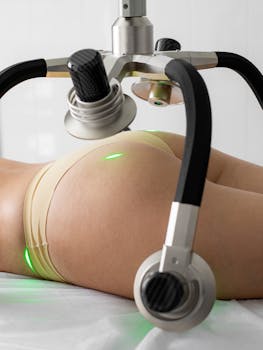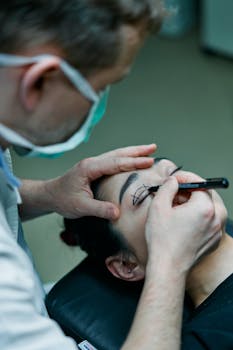Many people wonder is a bbl permanent after seeing before-and-after photos of Brazilian Butt Lift (BBL) results. The short answer is: parts of the result can be long-lasting, but permanence depends on technique, post-op care, and individual factors like weight changes and lifestyle. Understanding how fat transfer works and what affects graft survival helps set realistic expectations for long-term body contouring outcomes.
Are BBLs Permanent? What to Expect Long-Term
BBL is a fat-transfer procedure that removes fat from one area (often the abdomen, flanks, or thighs) and injects it into the buttocks to add volume and shape. The injected fat is living tissue; some of those fat cells establish a new blood supply and survive indefinitely, while others are reabsorbed by the body in the weeks and months after surgery. It is common to lose a portion of transferred fat during the healing phase, so surgeons usually overfill slightly to compensate.
How Fat Graft Survival Determines Longevity
Several biological and technical factors determine whether a transferred fat cell survives and becomes a permanent part of the new contour:
- Technique: Gentle handling of fat, proper processing, and even micro-droplet injection increase survival rates.
- Recipient site health: Good blood supply at the injection site promotes graft acceptance.
- Postoperative care: Avoiding pressure on the area, following activity restrictions, and maintaining stable weight help fat retention.
- Individual biology: Smoking, certain medical conditions, and age can reduce graft survival.
Pros and Cons of Long-Term Results
Considering whether BBL results are permanent involves weighing benefits and limitations.
- Pros: When fat cells take, they can produce a natural, soft contour that behaves like native tissue, potentially lasting many years. Results can be more natural-feeling than implants and allow simultaneous body contouring from liposuction harvesting sites.
- Cons: Not all transferred fat survives; volume loss is common. Major weight gain or loss, pregnancy, and aging-related tissue changes can alter the outcome. There are also surgical risks specific to fat grafting that should be discussed with a qualified surgeon.
Minimizing Loss and Maximizing Longevity
To improve the chance that a BBL result will be lasting, follow these practical steps:
- Choose an experienced board-certified plastic surgeon skilled in fat grafting.
- Follow postoperative instructions closely, including avoiding direct pressure on the buttocks for several weeks.
- Maintain a stable weight and healthy lifestyle—significant weight fluctuations decrease predictability.
- Avoid smoking and control medical conditions that impair healing.
Recovery, Revisions, and Realistic Expectations
Initial swelling and bruising mask the final volume; most of the early change stabilizes by three to six months. Some patients require a touch-up procedure to reach their desired size because surgeons typically expect a percentage of the graft to resorb. Revision surgeries are common and acceptable when planned as part of an overall treatment strategy.
If you’re researching related fat-transfer procedures, you may find more context in this article about fat transfer breast augmentation — what to expect, which discusses similar principles of graft survival and outcomes in another area of augmentation.
For a general overview of the procedure and related safety information, see this medical summary: Brazilian butt lift (procedure overview).
Making an Informed Decision
Deciding whether a BBL is right for you should involve a thorough consultation that covers anatomy, realistic expectations, risks, and recovery. Discuss your goals, medical history, and lifestyle with a qualified surgeon who will explain the likely percentage of fat retention and whether staged treatments may be needed to reach your goals.
- Takeaways:
- Some transferred fat becomes permanent, but a predictable percentage is typically reabsorbed.
- Technique, surgeon experience, and post-op care significantly influence longevity.
- Stable weight and healthy habits help maintain results; revisions are sometimes needed.
FAQ — How long do results last?
Results can last many years if the transferred fat establishes a blood supply and you maintain a stable weight. Expect some early volume loss; final results are usually apparent by 3–6 months.
FAQ — Can I regain volume after loss?
Yes. Many patients undergo a secondary touch-up procedure to add more fat if the initial graft did not achieve the desired volume. Your surgeon can plan staged treatments if needed.
FAQ — Are BBLs permanent if I gain or lose weight?
Weight changes can affect the appearance of transferred fat. Grafted fat behaves like natural fat, so significant weight gain or loss will change the look of the buttocks over time.






